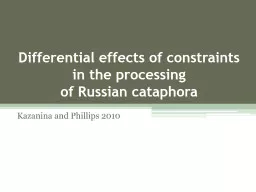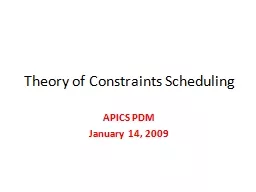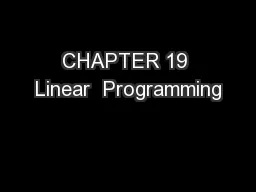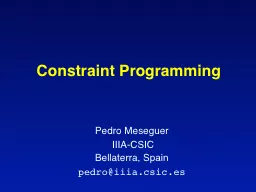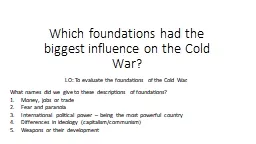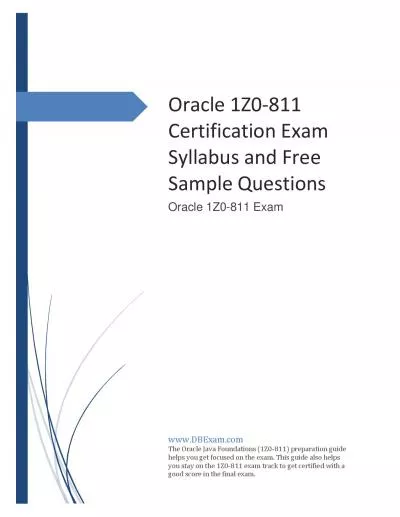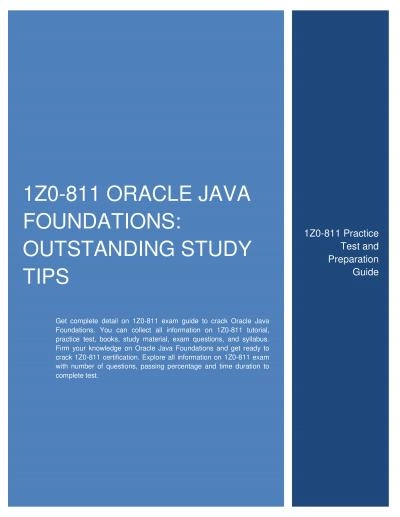PPT-1 Foundations of Constraint Processing
Author : karlyn-bohler | Published Date : 2019-11-07
1 Foundations of Constraint Processing CSCE421821 Spring 2019 wwwcseunleduchoueiryS19421821 Berthe Y Choueiry Shuweri Avery Hall Room 360 Intelligent Backtracking
Presentation Embed Code
Download Presentation
Download Presentation The PPT/PDF document "1 Foundations of Constraint Processing" is the property of its rightful owner. Permission is granted to download and print the materials on this website for personal, non-commercial use only, and to display it on your personal computer provided you do not modify the materials and that you retain all copyright notices contained in the materials. By downloading content from our website, you accept the terms of this agreement.
1 Foundations of Constraint Processing: Transcript
Download Rules Of Document
"1 Foundations of Constraint Processing"The content belongs to its owner. You may download and print it for personal use, without modification, and keep all copyright notices. By downloading, you agree to these terms.
Related Documents


